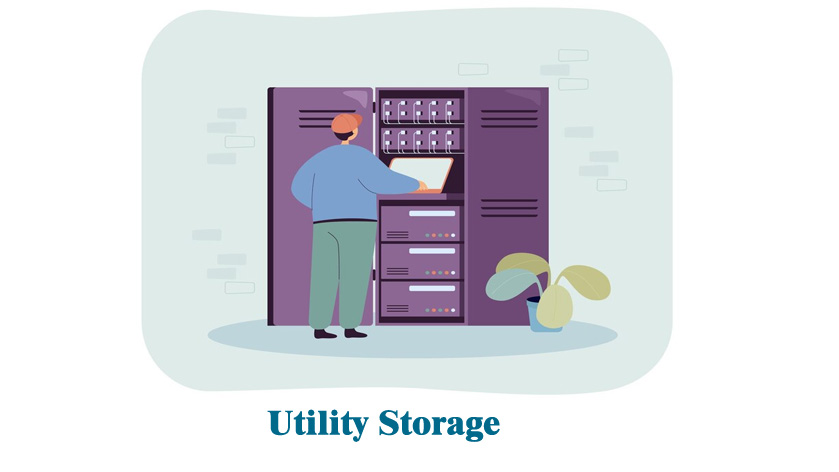Utility storage is a storage service in which a provider provides space. This will be available to any organization, company, or business on a pay-per-use basis. This is also called Storage on demand. It is named utility storage because the protocol here is to provide service similar to that of Public Utilities that will try to accommodate changing customer demand and charging for resources based on the usage.
The reason to use this is because it uses resources effectively and also reduces the cost of expenses. It is very cost-effective for the organization or any company compared to purchasing everyday management and infrastructure that can meet only the most minor requirements. This utility storage works based on a subscription model, and the fees can increase over time.
What are the Different Types of Utility Storage?
The utility storage type or approach is based on the service it provides. For example, the private cloud will offer a storage service for helping enterprise business applications. Let us look at a few of them:
Internal Utility
This refers to a feature or tool in the system or software that is not directly accessible to end users. This will help larger organizations or companies store the data. An example is private cloud storage.
On-Demand
On-demand utility storage refers to cloud storage services where users can access and use storage resources as needed, paying only for the amount of Storage they use. Cloud storage providers typically offer scalable and flexible solutions, allowing users to expand or reduce their storage capacity based on demand.
Off-site Utility
In information technology, off-site storage often refers to storing data in external facilities called data centers. This is done for various reasons, including data backup, disaster recovery, and scalability. Off-site data storage can enhance data security, protecting against on-site disasters like fires, floods, or other incidents.

